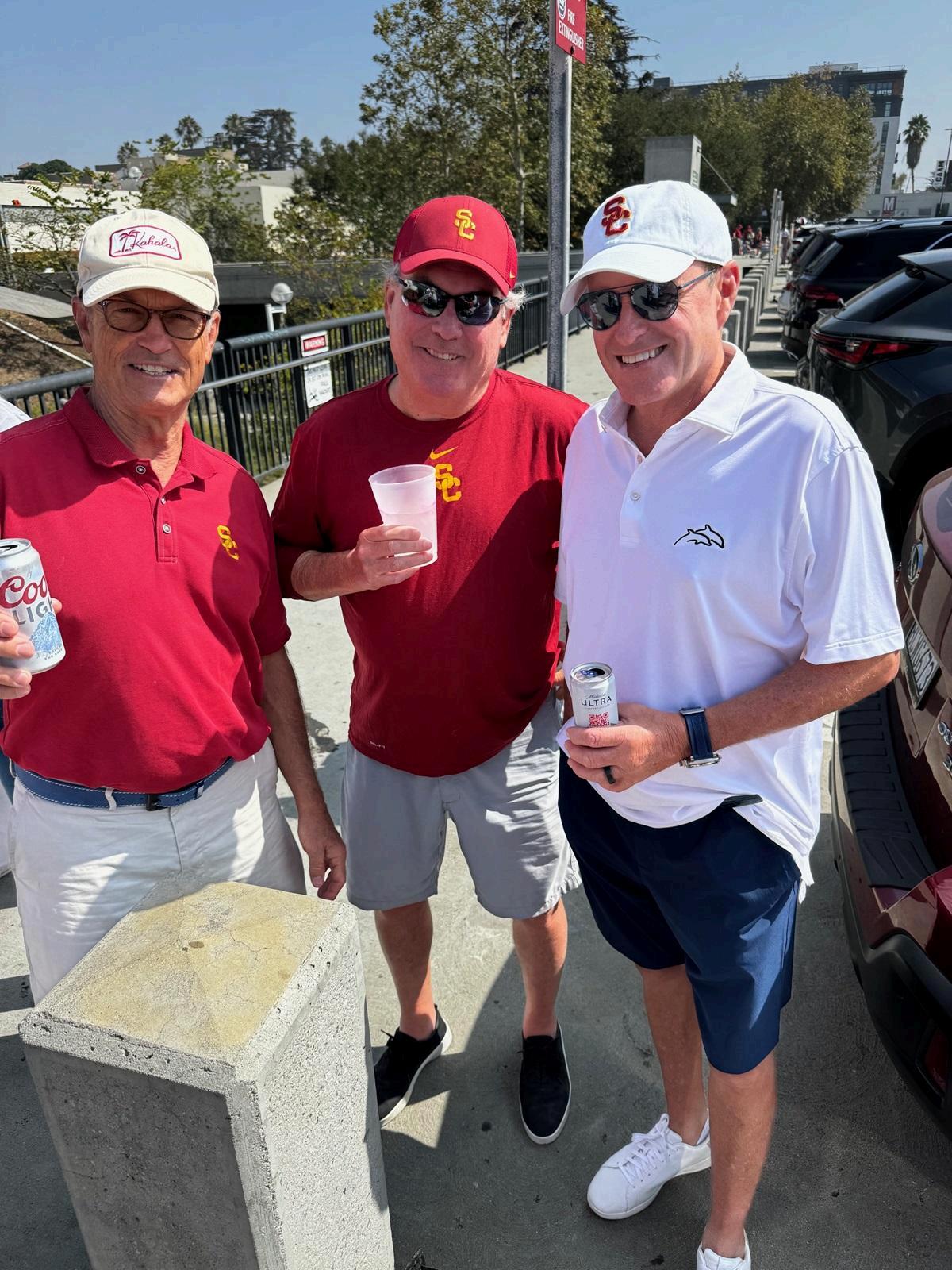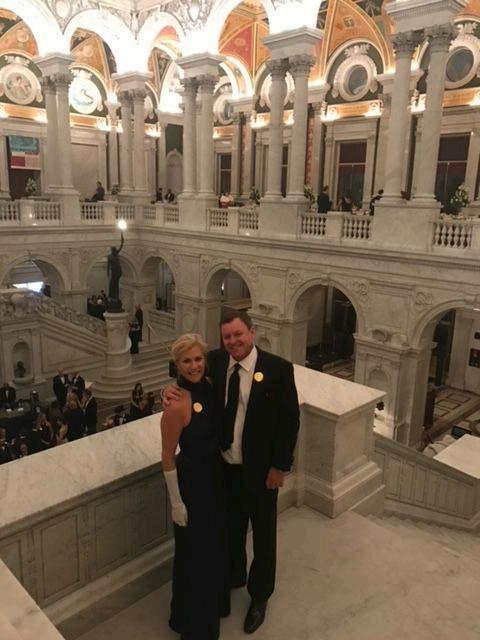Leadership That Fuels Lasting Business Growth by Devin Doyle

Devin Doyle suggests that strong leadership is the engine of business growth It sets direction, attracts talent, and converts energy into momentum that customers notice and markets reward. A strong plan matters, yet growth appears when leadership habits are practiced every day The most effective leaders describe a vivid destination, break it into near-term priorities, and keep attention on the value they create for customers. People do their best work when they know why it matters and how their contributions move the company forward With that clarity, meetings sharpen, decisions speed up, and progress becomes visible in sales pipelines, renewal rates, and product adoption.
Clarity begins with a straightforward narrative that aligns goals, budgets, and time. Leaders who choose a small set of measurable outcomes reduce friction and help teams focus They define success in plain language and confirm it through recurring checkpoints and transparent dashboards. This discipline improves resource allocation, reveals hidden bottlenecks, and shortens the distance between idea and launch When conditions shift, the same clarity enables quick course correction because teams know which metrics guide tradeoffs. Strategy stops living in decks and starts showing up in calendars, hiring plans, and the way feedback is gathered and acted on

Culture is the multiplier behind sustainable business growth. Employees give their best when they feel trusted, safe to contribute, and recognized for progress Leaders shape this environment through one-on-ones, thoughtful feedback, and genuine curiosity about frontline insights. They hire for values and potential, not only resumes, and then invest in learning paths that move people toward mastery A culture built on trust improves retention, reduces hiring costs, and accelerates knowledge sharing Cross-functional rituals encourage collaboration, while inclusive meetings ensure quiet voices are heard. Over time, the organization becomes a place where creativity feels normal and accountability feels fair
Sound decisions turn information into momentum Strong leaders gather data from finance, product, marketing, sales, and service, then weigh it alongside judgment earned through experience They practice scenario planning to surface risks early, time choices to preserve speed without neglecting quality, and document the logic behind tradeoffs. When new information emerges, they adjust openly and explain the rationale, which protects credibility and invites healthy debate Clear decision rights prevent gridlock, and thoughtful postmortems convert mistakes into design inputs. The result is faster learning cycles, cleaner prioritization, and a steady drumbeat of improvements that customers can see

Customer centricity converts leadership into revenue. Senior teams set the tone by visiting customers, listening to support calls, and reviewing churn narratives. Those inputs shape roadmaps, pricing, and messages that resonate Leaders build closed-loop systems so insights travel from the field to the people who can act on them. They encourage experiments such as A/B tests, pilots, and discovery interviews, then scale what works and retire what does not Over time, this focus raises lifetime value, improves referrals, and strengthens brand trust Growth becomes durable when it is grounded in real problems elegantly and reliably solved.
Execution is where compounding happens Effective leaders create operating rhythms that connect strategy to daily work. Weekly reviews track commitments, not activity. Quarterly plans set ambitious yet grounded objectives and key results Managers remove roadblocks, surface dependencies early, and celebrate small wins to sustain morale. Process improvements are treated as product features of the business itself, from faster onboarding to cleaner analytics. Documentation reduces rework and preserves context when teams change By honoring commitments and closing feedback loops, the organization earns a reputation for reliability, attracting better partners and higher-value customers

Resilient growth also requires leadership through change Markets shift, competitors copy, and technology evolves Strong leaders prepare people with transparent communication, shared vocabulary, and clear decision rights. They balance optimism with realism and invest in recovery capacity through smart buffers, automation, and cross-training After each milestone, they run blameless reviews that turn surprises into lessons. The compound effect is a company that adapts faster than its rivals while staying true to its values In that environment, strategy is alive, culture is a strength, and customers become advocates This is how strong leadership translates into lasting business growth.
